Thanks to industrial and government regulations regarding clearly legible product and part identification, the processes of laser marking, laser etching and laser engraving are increasing in popularity.
While laser engraving and etching are often used interchangeably, there’s actually a significant difference between these terms. It’s important to be able to distinguish the differences before requesting a project from your local machine shop.
Here are a few ways the terms differ:
Laser Engraving
A machine shop can perform laser engraving on a number of different materials: leather, acrylic, metal, plastics, and wood, just to name a few.
Engraving works by vaporizing some of the base material with cone shape indention. It’s a quick process, because the material vaporizes with each pulse.
Engraving depth can vary between 0.02″ in metals to 0.125″ in harder materials.
To form deeper marks with a laser engraver, repeating passes may be necessary.
Laser Etching
Laser etching is a subset of engraving, with the main difference being the depth of the cut. This is usually no more than 0.001″ – which makes it the most viable option for thin metals and small projects such as jewelry.
Laser etching occurs when the heat from the beam causes the surface of the material to melt. The melted material expands and causes a raised mark.
Since a laser etcher changes the surface finish of metals, it alters its reflectivity and enhances contrast.
Why Does Your Business Need Laser Engraving and Laser Etching?
Whether you work in the aerospace, engineering, medical device, or automotive industry, you will understand how important it is for each part to be properly labeled and identified.
Manufacturing for each respective industry must follow specific rules and regulations to ensure part safety.
With our laser etching and engraving systems, you can achieve high-quality, clear marks that your company needs.
To learn more about our laser machines, please contact our machine shop in San Jose CA.

